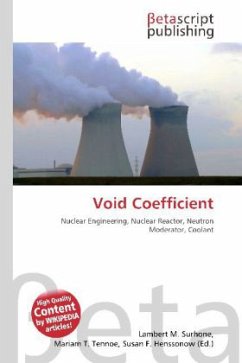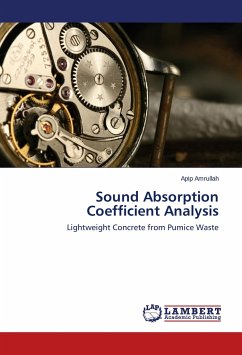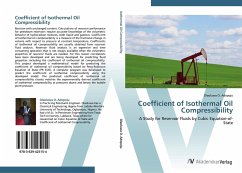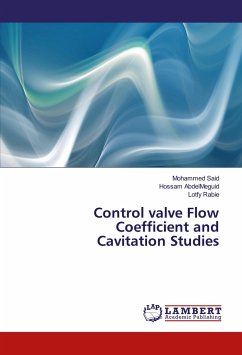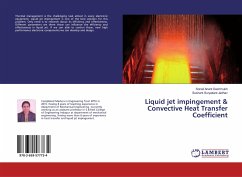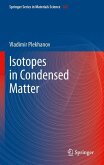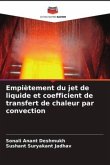Please note that the content of this book primarily consists of articles available from Wikipedia or other free sources online. In nuclear engineering, the void coefficient (more properly called "void coefficient of reactivity") is a number that can be used to estimate how much the reactivity of a nuclear reactor changes as voids (typically steam bubbles) form in the reactor moderator or coolant. Reactivity, in the nuclear engineering sense (not to be confused with chemical reactivity, although similarities exist), measures the degree of change in neutron multiplication in a reactor core. Reactivity is directly related to the tendency of the reactor core to change power level: if reactivity is positive, the core power tends to increase; if it is negative, the core power tends to decrease; if reactivity is zero, the core power tends to remain stable. Reactivity by itself does not determine the degree to which a reactor core actually changes its thermal power output: it determines the tendency for the core to change, and therefore it dictates the amount of reactivity of opposite sign that must be applied by the reactor control system
